|
|
|
Hansen's Northwest Native Plant Database |
|
|
|
Erythronium oregonum (Fawn Lily)
|
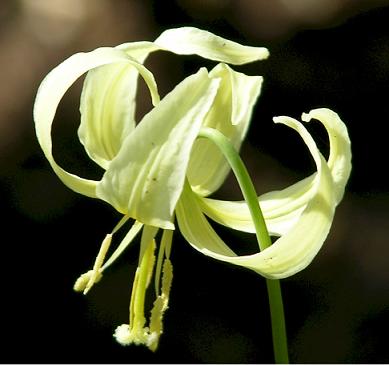 |
||||||||||||||||||||||||||||||
|
|||||||||||||||||||||||||||||||
|
A beautiful lily-like plant, with interesting mottled leaves and tall stalks to 1.' The exquisite pale yellow flowers bow timidly. White Fawn lilies self-seed generously to ensure future blooms but be patient. Like so many of our wildflowers, they take many years to mature from seedlings to flowering plants - all the more reason to marvel at and respect our native flowers. White Fawn lily likes moisture and a well-drained soil and does well in gardens. It is found from Vancouver Island to northern Oregon (USDA 7-9). A remarkable population of these native perennials runs through Bush's Pasture Park in Salem, Oregon. |
|||||||||||||||||||||||||||||||
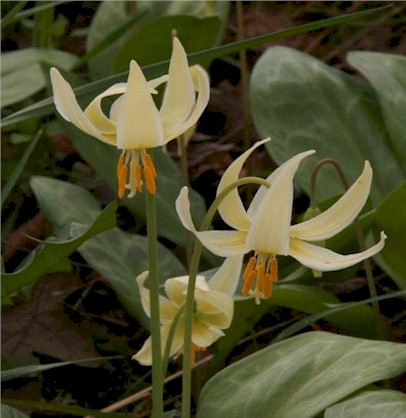
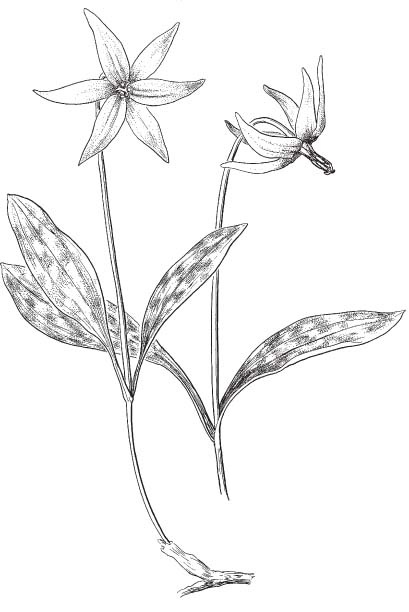
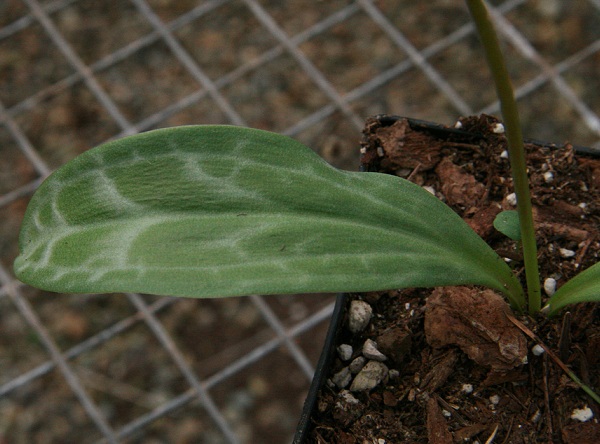 |
|||||||||||||||||||||||||||||||
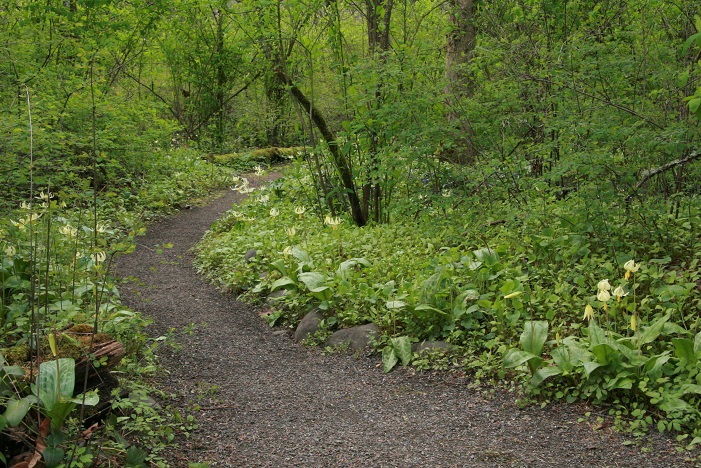
 |
|||||||||||||||||||||||||||||||
|
Photos We Share!
|
||||||||||||||||||||||||||||||
|